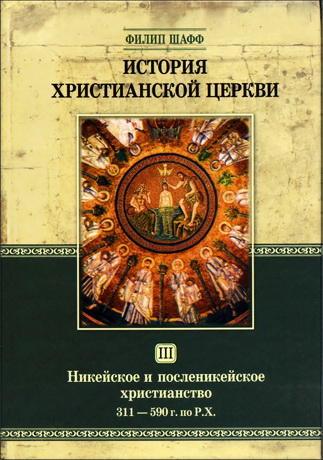
Rivkin - A hidden revolution
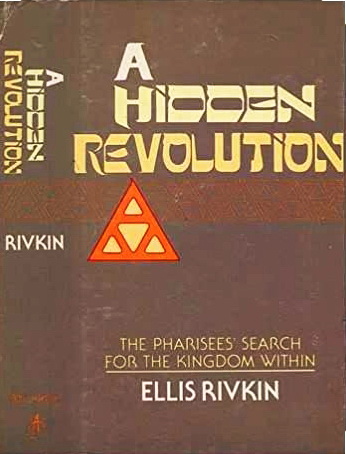
Классика библеистики
I lived the life of the twofold Law; I believed in its divine source; I had faith in a Father-God who would lift my soul into the world to come and raise my body from the dead. When my grandmother died, I, as a child of nine, was as certain that her soul was in heaven as I was certain that she had died. And what a source of comfort that belief!
Ellis Rivkin - A hidden revolution - The Pharisees' Search for the Kingdom within
Abingdon, Nashville,1978 - 336 pp.
ISBN 0-687-16970-4
Ellis Rivkin - A hidden revolution - The Pharisees' Search for the Kingdom within - Contents
Acknowledgments
- Preface
- Introduction: Who Were the Pharisees?
- Part I The Sources
- Chapter I Josephus
- Chapter II The New Testament
- Chapter III The Tannaitic Literature
- Part II Historical Reconstruction
- Chapter IV From Definition to Historical Reconstruction
- Chapter V Ben Sira and Aaronide Hegemony
- Part III Pharisaism: An Internal Revolution
- Chapter VI The Hidden Revolution
- Chapter VII On the Cathedra of Moses
- Chapter VIII "God So Loved the Individual . . . "
Notes
Bibliographical Note
Ellis Rivkin - A hidden revolution - The Pharisees' Search for the Kingdom within - The Tannaitic Literature
The Tannaitic Literature, like the writings of Josephus and the New Testament, gives internal evidence that it has a right to be heard in the construction of a definition of the Pharisees. The Hebrew term Perushim, which lies behind the Greek Pharisaoi and the English Pharisees, is found only in the Tannaitic Literature. So, too, the Hebrew term Zedukim, which underlies the Greek Saddukoi and the English Sadducees, is found only in the Tannaitic Literature. Indeed, scholars have always sensed that the Tannaitic Literature is the prime source for our knowledge of the Pharisees.
Yet, though the Tannaitic Literature is crucial, it is not easily exploited. Even more than the New Testament, this literature lends itself to arbitrary and subjective manipulation. Whereas the range of possible error for dating the New Testament texts is confined to 150 years or so, that for the Tannaitic Literature is no less than 350 years. Furthermore, whereas the books of the New Testament concentrate on Jesus and his message, the Tannaitic Literature is a repository of law and lore virtually unbounded in scope. Whereas the span of oral transmission of New Testament materials is reckoned in decades, that of the Tannaitic Literature is reckoned in centuries. Whereas the entire New Testament can be contained within a volume of five hundred pages or so, the Mishnah alone can barely be compressed into a volume of seven hundred pages. And in addition to the Mishnah there are the Tosefta, the Tannaitic Midrash, and the thousands of tannaitic passages strewn through the Palestinian and Babylonian Talmuds, a significant portion of which are communicated as anonymous dicta. The wonder is not that scholars have found support for arbitrary and subjective hypotheses in this complex literature but that they have been able to come up with any objective proposition at all.
If the Tannaitic Literature bristles with difficulties even when utilized for the solution of relatively simple problems, how compounded they become when one seeks to utilize this corpus to construct an objective definition of the Pharisees! The Pharisees were a product of historical processes, yet the Tannaitic Literature has no systematic, disciplined interest in history. Unlike the Bible, the Tannaitic Literature has no equivalent interest in the historical continuum. History as continuity or history as chronology or history as interconnected successive events is of no relevance. Single events, individual episodes, disconnected moments, yes; but sustained interconnections, interlinked chronology, interacting events, no.
It is literally true, however ironic, that if only the Tannaitic Literature had survived from the second pre-Christian century till the second century of the Common Era, we would be without any history of the Jews during the Intertestamental period. Imagine a literature embracing thousands of pages of law and lore, created during centuries marked by such tumultuous events as the Hasmonean Revolt, the collapse of the Zadokite priesthood, the rise and decline of the Hasmonean monarchy and priesthood, the penetration of Rome into the Near East, the rise and fall of the House of Herod, the disturbed era of the procurators, the birth of Christianity, the Great Rebellion against Rome and the destruction of the Second Temple, the Hadrianic persecutions and the Bar Kochba Revolt—and yet a literature either oblivious to these events or according them scant notice: an episode here, a personality there—never setting them in any historical continuum, never connecting them precisely in place or in time. Yet this is the literature that contains precious data about the Pharisees; that has within it deposits of the historical processes it deemed to be irrelevant; that bears witness to the march of time and the impact of events even though it pays them no heed. The Tannaitic Literature tantalizes the scholar with its hidden treasures yet offers only the barest clues as to where the locks may be found and only the most subtle hints of what keys might unlock them.
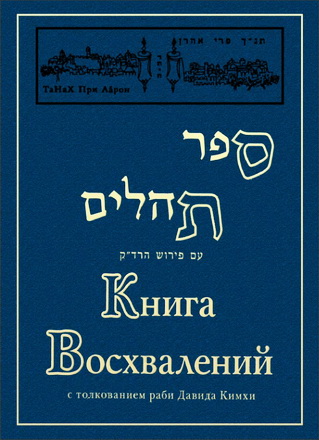
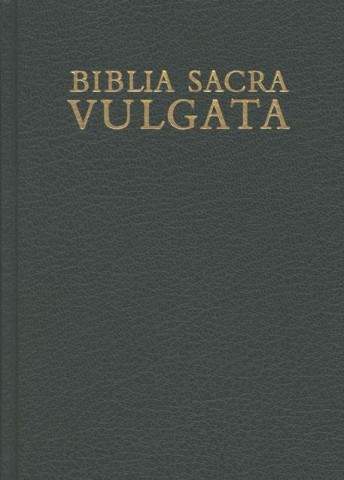

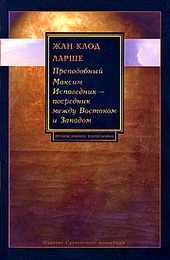
Комментарии (1 комментарий)
Други-новозаветники, книгу Ривкина надо знать! Это - классика!
Ее критику известным спецом по Иосифу Фавию см. в: Mason S. N. Priesthood in Josephus and the «Pharisaic Revolution» // JBL. 1988. Vol. 107/4. P. 657–661.
Но пусть каждый выработает свое мнение...